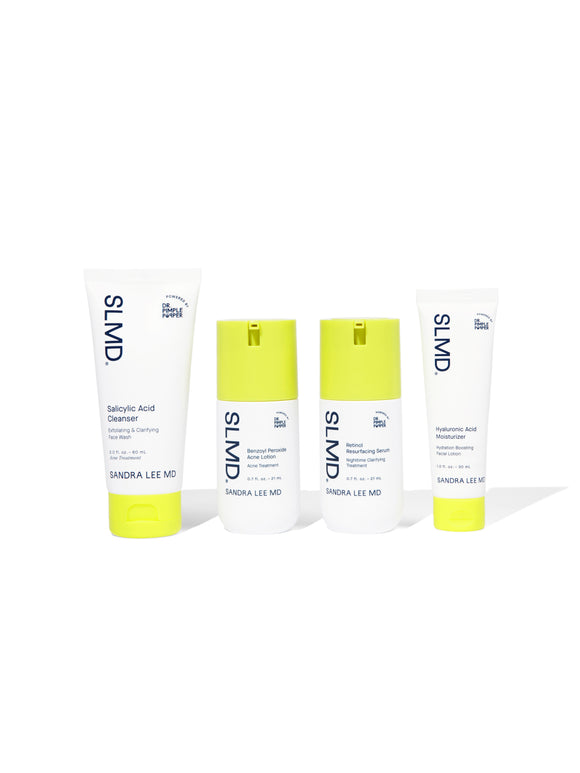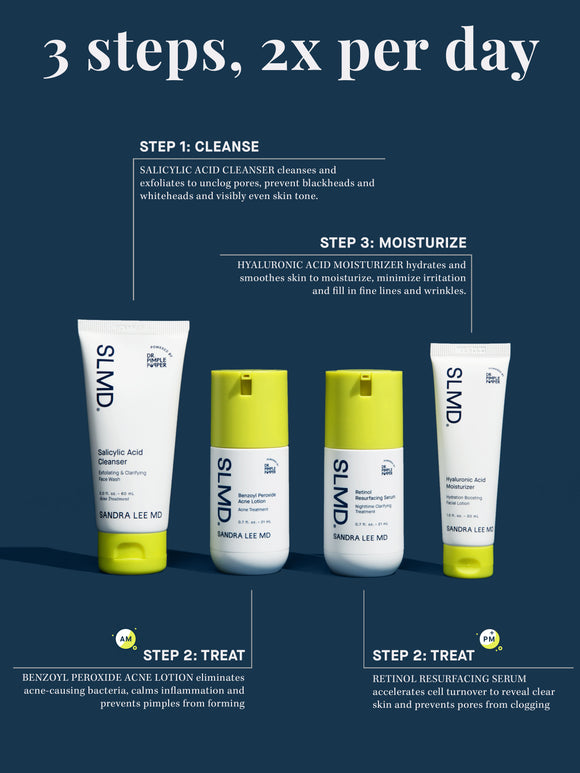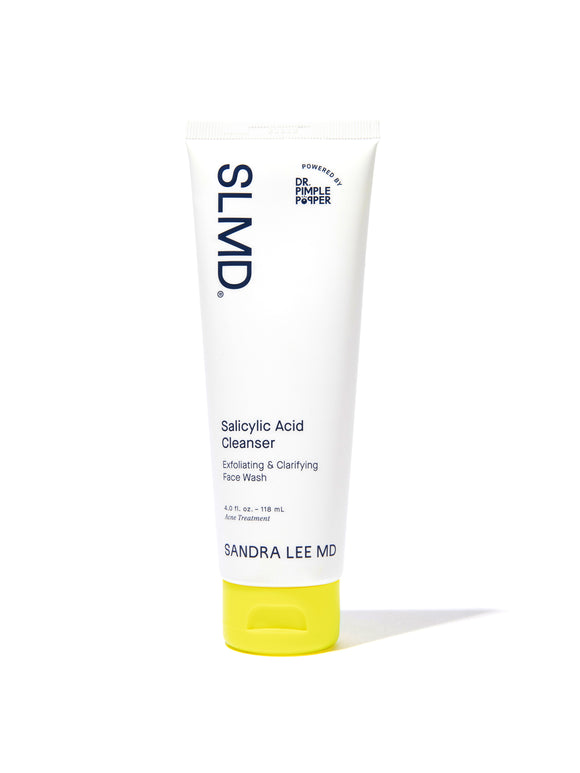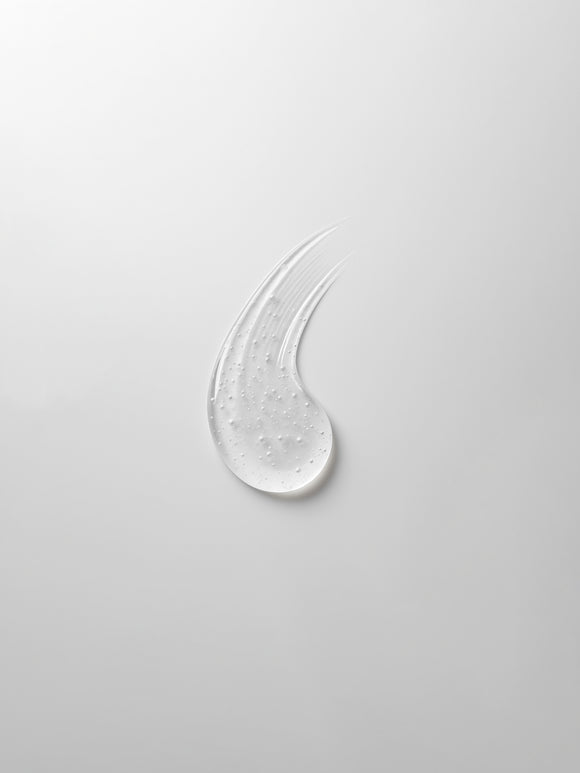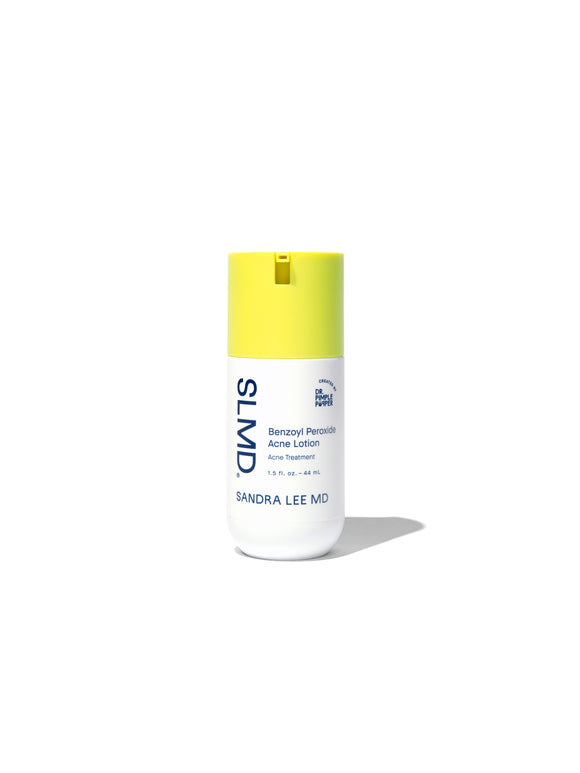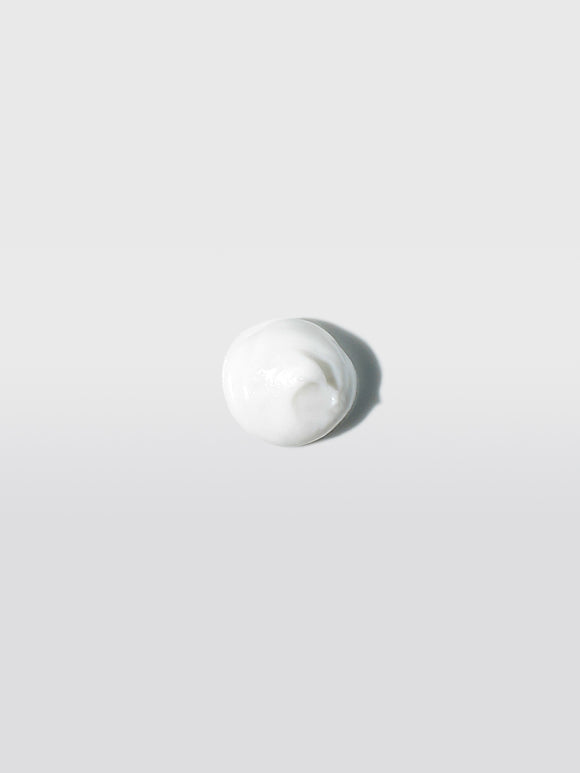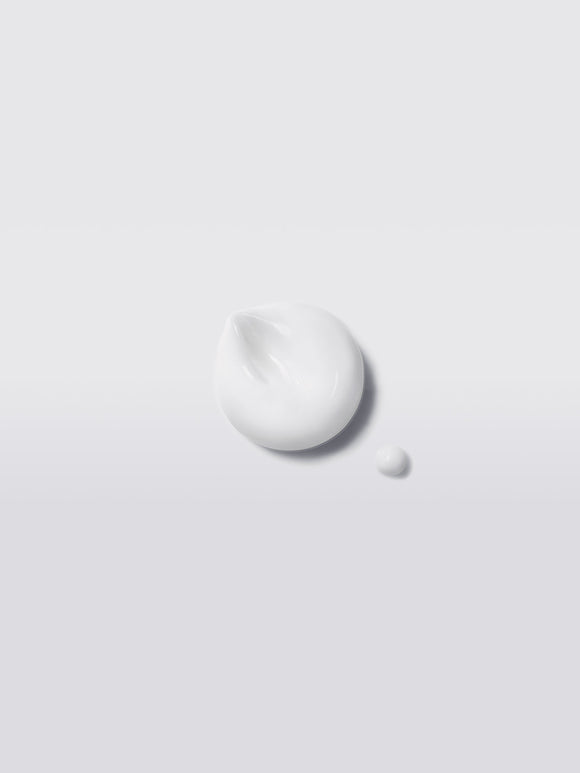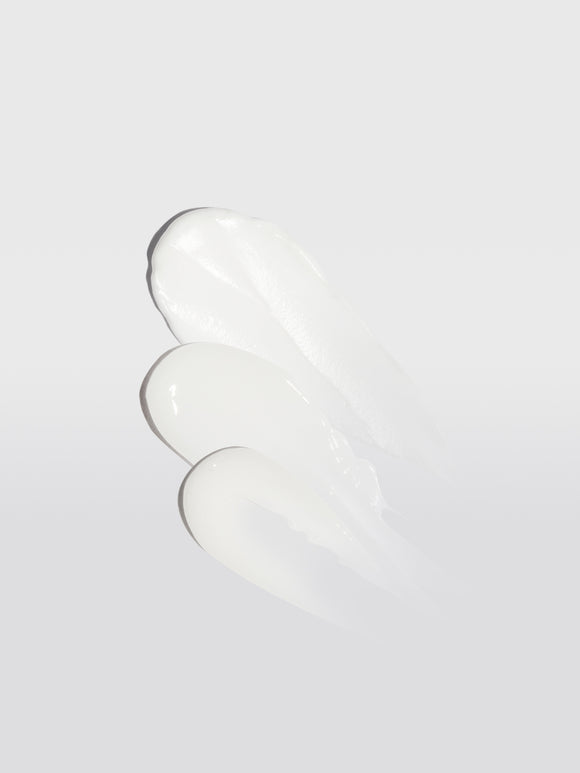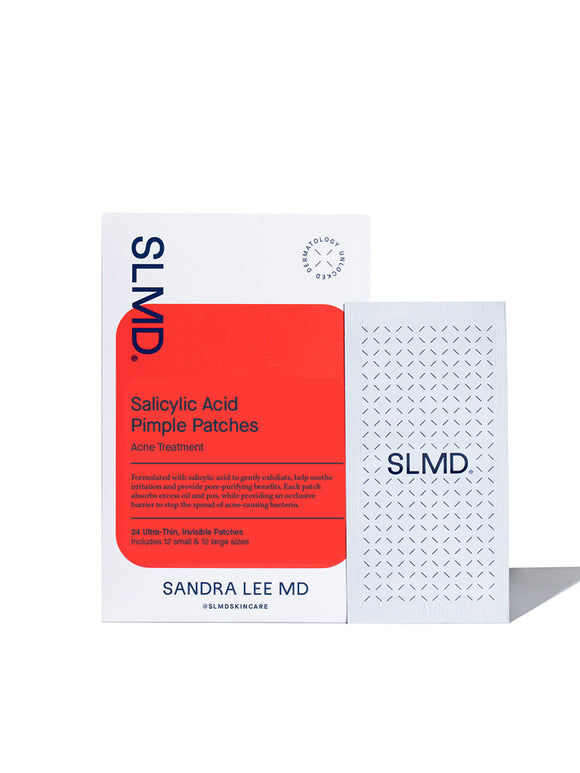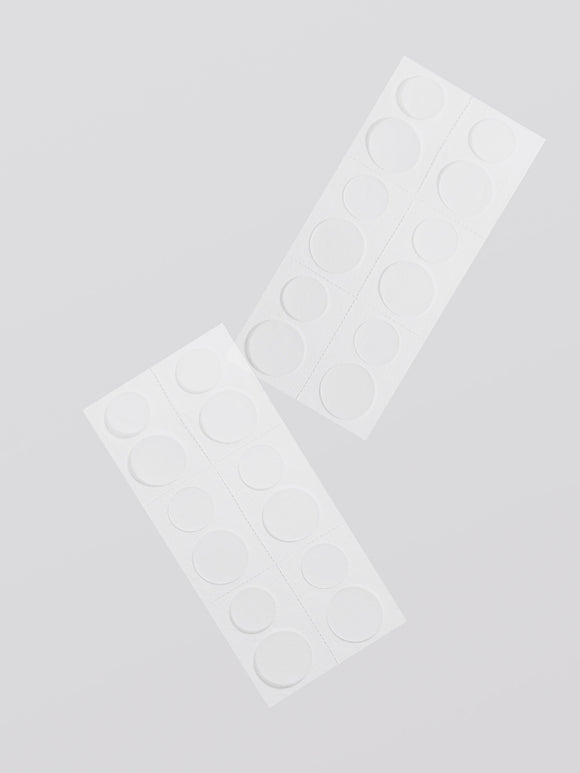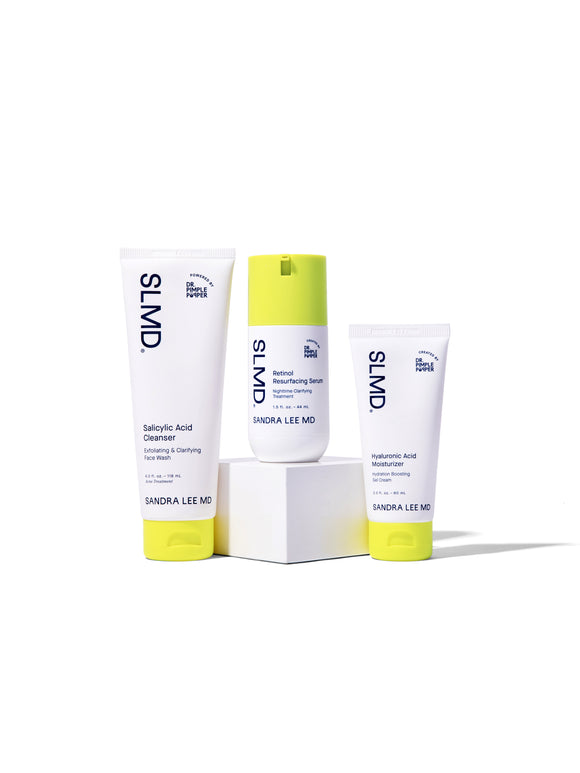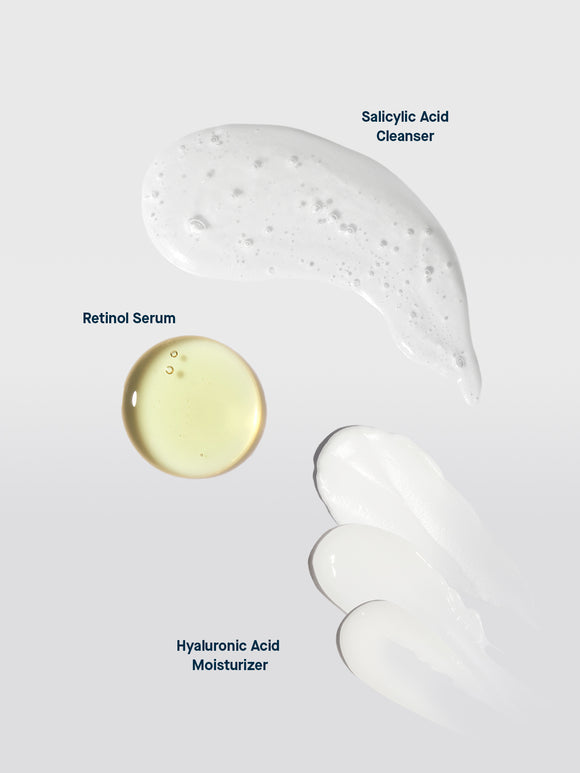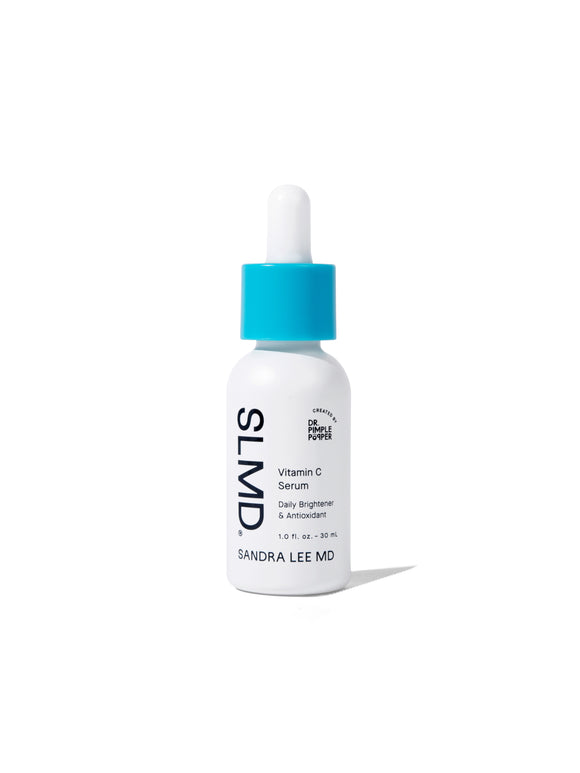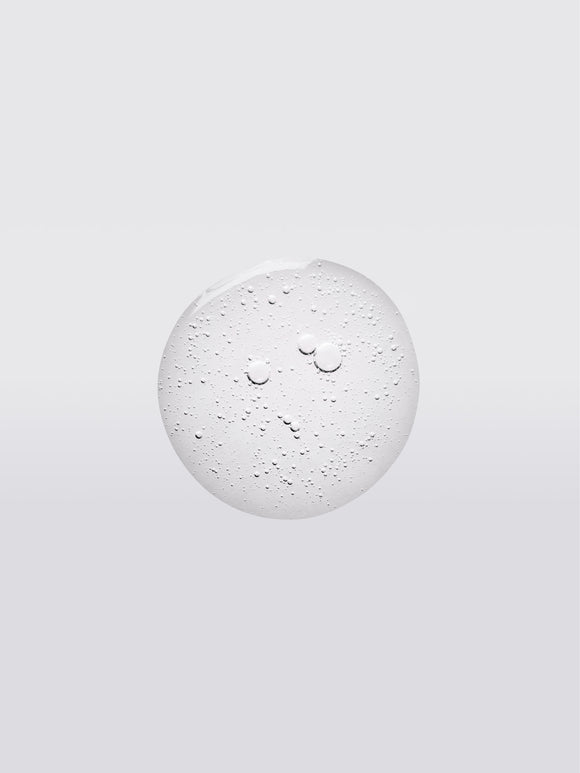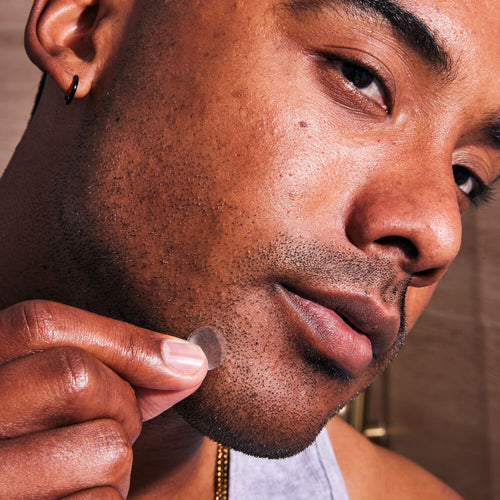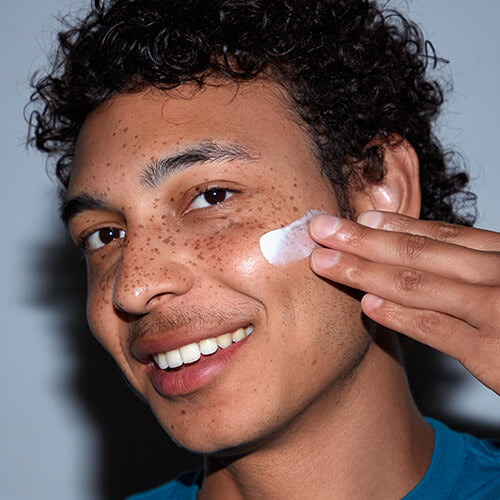
The Best Skincare Layering Routine for Oily & Acne-Prone Skin
Dr. Pimple Popper breaks down how to avoid breakouts by applying your products properly.
Published:
4 minute read
Layering skincare correctly can make the difference between clear, balanced skin and clogged pores, irritation, and breakouts. If you have oily, acne-prone skin, choosing the right products is important — but how you apply them matters just as much. The key? Layering your products in the right order to maximize their effectiveness while minimizing irritation.
So, how do you layer acne-friendly skincare the right way? Sandra Lee, MD (aka Dr. Pimple Popper) breaks it all down below — step by step.
Article Quick Links
Step-by-step skincare routine for breakouts
If you're dealing with active acne, your routine should focus on:
- Unclogging pores with gentle exfoliation
- Reducing acne-causing bacteria without irritating skin
- Balancing oil production with lightweight hydration
According to Dr. Lee, it doesn't have to be complicated: a simple cleanse, treat, moisturize approach (found in her SLMD Acne System) is all you need.
Important considerations when layering acne treatments
The more products you add to your routine, the higher the risk of irritation. Start slowly, and listen to your skin — if you notice redness, peeling, dryness or burning, dial back on strong actives like benzoyl peroxide, retinol, or alpha or beta hydroxy acids.
Some mild sensitivity is normal, especially when starting BP and retinoids, and breakouts may temporarily worsen before improving — this is called purging, a sign that your skin is adjusting to increased cell turnover.
Here’s your AM & PM layering guide:
Morning routine for acne-prone skin: step-by-step
- Cleanser: Use a salicylic acid cleanser to remove excess oil and unclog pores. Try: SLMD Salicylic Acid Cleanser
- Acne treatment: Apply benzoyl peroxide or sulfur to fight acne bacteria. Try: SLMD Benzoyl Peroxide Acne Lotion
- Moisturizer: A lightweight, oil-free moisturizer keeps skin balanced. Try: SLMD Hyaluronic Acid Moisturizer
- Sunscreen: Use SPF every morning to protect against sun damage and hyperpigmentation. Try: SLMD Daily Moisturizer with SPF 15
Nighttime routine for acne-prone skin: step-by-step
- Cleanser: Wash with your salicylic acid cleanser again.
- Retinol treatment: Use retinol (only at night) to boost cell turnover and prevent clogged pores. Try: SLMD Retinol Resurfacing Serum
-
Moisturizer: Hydrate with a non-comedogenic moisturizer to prevent dryness.
Dr. Pimple Popper's Acne-Prone & Oily Skin Solutions
Enhancing your routine: adding more skincare steps
If you want to customize your acne routine, here’s how to layer additional treatments correctly:
Morning routine: optional add-ons
- Spot treat: After cleansing and treating, apply high-strength benzoyl peroxide or salicylic acid only on active breakouts. Try: SLMD Salicylic Acid Spot Treatment, BP Acne Spot Treatment, Salicylic Acid Pimple Patches
Nighttime routine: optional add-ons
- Exfoliate: After cleansing, use an AHA (like glycolic or lactic acid) to clear clogged pores. Try: SLMD AHA/BHA Swipes
- Treatment mask: After cleansing and exfoliating, use a sulfur-based mask once or twice a week to reduce inflammation.
- Spot treat: After all other treatment products, apply a concentrated acne cream or a pimple patch to protect healing breakouts overnight.
Dr. Pimple Popper's Acne Routine Add-Ons
Maintaining clear skin: adjusting your routine after acne
Once your acne has improved, you may be able to cut back on acne-specific treatments as your skin allows. If your breakouts stay under control, you can start incorporating products that focus on concerns like oil control, dark spots, and aging — without disrupting your progress. Dr. Lee recommends a streamlined regimen (like her SLMD After Acne bundle) to maintain your results while treating post-acne concerns.
Post-acne & oily skin morning routine: step-by-step adjustments
- Antioxidants: Apply vitamin C after cleansing to brighten skin and fight free radical damage. Try: SLMD Vitamin C Serum
Post-acne & oily skin nighttime routine: step-by-step adjustments
- Exfoliants: Use AHAs and BHAs after cleansing to minimize the look of fine lines & post-pimple dark spots (PIH).
- Brighteners: After cleansing and exfoliating, apply ingredients like kojic acid or niacinamide to address dark spots and UV damage.
- Retinol: Continue using retinol to help refine skin texture.
Dr. Pimple Popper's Post-Acne Product Picks
FAQ: Skincare layering for oily & acne-prone skin
Q: Can I layer multiple acne treatments together?
A: It depends! Benzoyl peroxide and salicylic acid can be used together, but start slowly to prevent dryness. Avoid using benzoyl peroxide and retinol at the same time — alternate nights instead.
Q: Should I still use moisturizer if my skin is oily?
A: Yes! Skipping moisturizer can trigger even more oil production. Choose a lightweight, oil-free formula that won’t clog pores.
Q: In what order should I apply sunscreen?
A: Always apply sunscreen last in the morning, after your moisturizer. If using a moisturizer with SPF, you can skip an extra sunscreen step.
Q: How long should I wait between layers?
A: Most products absorb in 30 seconds to a minute. If layering strong actives like retinol and vitamin C, wait a couple of minutes to prevent irritation.

Dr. Lee's Last Word
Layering skincare correctly is key for managing oily, acne-prone skin. Using the right products in the right order helps balance oil production, prevent irritation, and keep breakouts under control.



